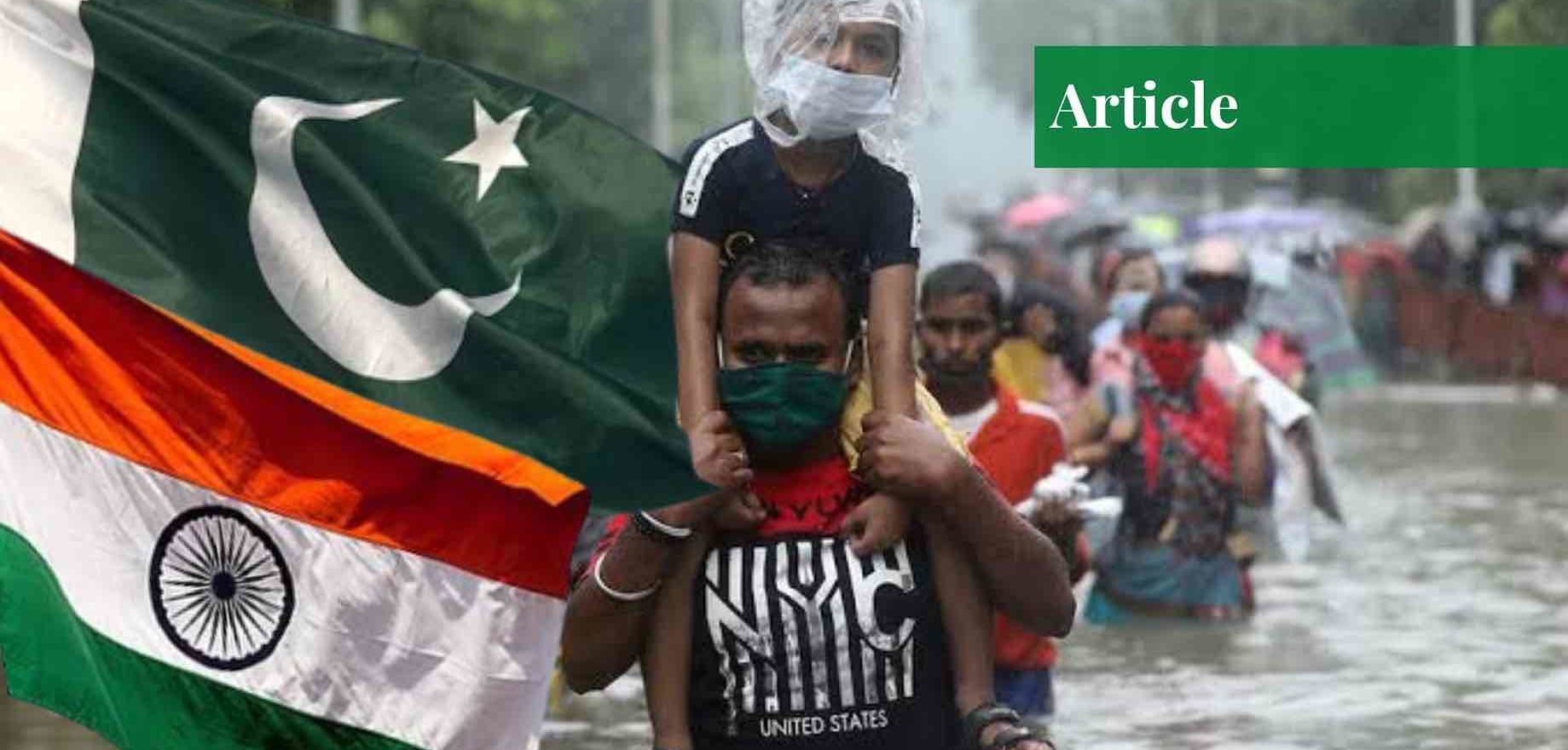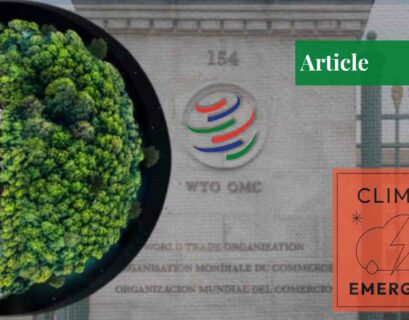Muhammad Azam Khan is an electronics engineer by profession and did his bachelor's from the Usman Institute of Technology. He is a freelance graphic designer and independent blogger who mostly writes on current affairs and women's issues. He has a keen interest in national and international politics.
Global warming has impinged its detrimental impact throughout the globe. However, the adversaries of the changing climate have hit the South Asian nations more. Pakistan and India have been experiencing prolonged heat waves since March 2022. India recorded the hottest March in 122 years, while Pakistan experienced the hottest April in 61 years. The two nuclear archrivals are facing the same enemy that has killed more than 100 people in a couple of months. The impact of climate change can be seen in the climate catastrophes and melting glaciers which have made these regions vulnerable to excessive floods and droughts.
Understanding Global Warming and Heatwave
Across the globe, hot days are getting hotter and more frequent. Heat waves are becoming more common and intense. A heat wave, in general, is a prolonged period of hot weather relative to the expected conditions of the area at that time of year, which may be accompanied by high humidity.
The mounting heat waves are the result of the changing climate. The earth’s average temperature is increasing at a breakneck pace. One of the main reasons for this is the increased concentrations of greenhouse gases (GHG) in the atmosphere, mainly from human activities such as burning fossil fuels.
A report by the Intergovernmental Panel on Climate Change (IPCC) has warned of increasingly extreme heat waves, droughts, flooding, and a critical temperature limit being broken in just over a decade. The report was declared “code red for humanity” by UN Secretary-General António Guterres.
Impact of Climate Change on India & Pakistan
As per the reports of IPCC, “more intense heat waves of longer durations and occurring at a higher frequency are projected” in Pakistan and India. Though heat waves are common before monsoons, the early rise in temperature and less than average rainfall have led the region to extreme heat conditions, creating shocking consequences for public health and the economy of the states.
Friederike Otto, a climatologist from the Imperial College of London, has said, “Climate change is a real game-changer when it comes to heat waves.” Owing to the changing climate and its impact, the early heat waves have cascaded into the region’s already deteriorating health and economic sector.
Mounting Heat Waves
Millions of Pakistanis and Indians have been exposed to the deadly scorching heat that began in mid-March. The rise in temperature was much earlier than the usual peak summer month of June, breaking records and catching people and governments unprepared. At least 25 people have been killed in India, and more than 65 deaths have been reported in Pakistan, but the true numbers are expected to be higher.
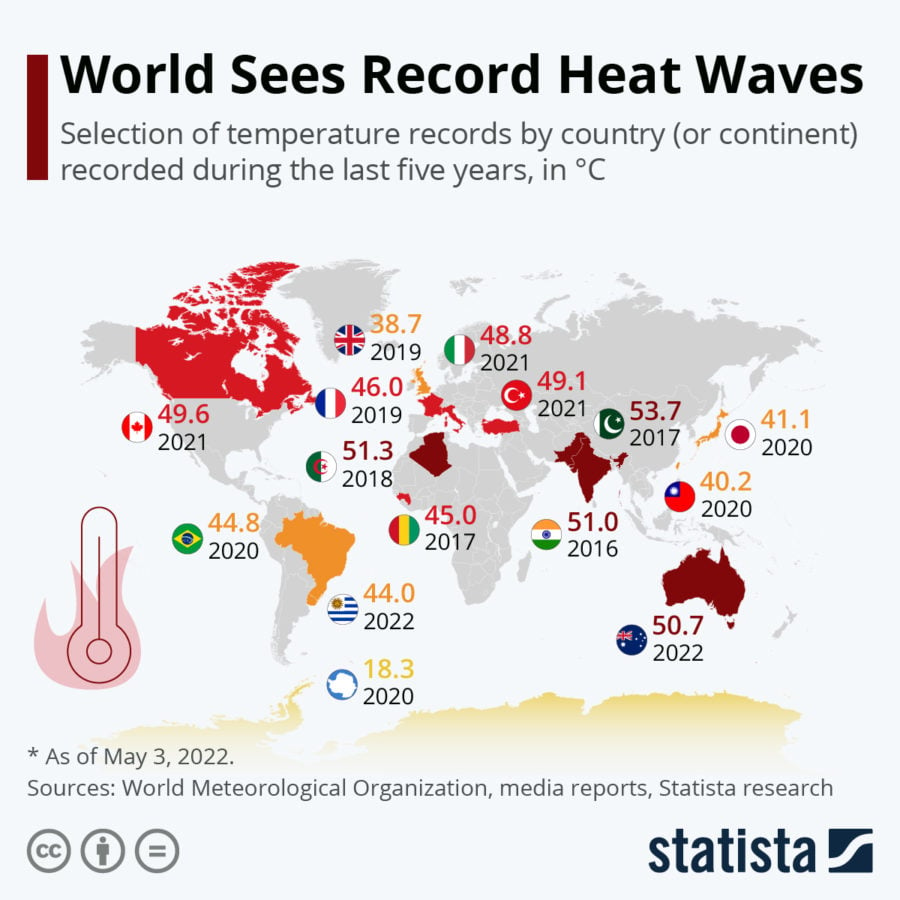
Moreover, the scorching heat of summer has killed nearly sixty people in the south of Pakistan. Jacobabad, a city on the southwestern side of Sindh, experienced the highest temperature recorded in the world (i.e., 51°C) in May. The heatwaves of 2015 killed nearly 1,200 people in Pakistan, while the experts termed the current situation as a glimpse of what is coming in 30 to 40 years.
Deadly Droughts
Over the past decade, heat waves in Pakistan are becoming more frequent. A report by World Weather Attribution (WWA) indicated that Pakistan and India experienced rain shortfalls of 62% and 71%, respectively, below the long-term average in March. The unusually early heat wave, along with the inadequate rain, has led to low crop yield and excessive drought.
Under the report of Global Land Outlooks, United Nations Convention to Combat Desertification (UNCCD) has put Pakistan among the top 23 states suffering from harsh and prolonged drought conditions which, alarmingly, could become one of the first five water-scarce countries. Moreover, the catastrophe caused by the severe heat wave in Cholistan impacted the water reservoirs, vegetation, and livestock badly.
India is also facing severe droughts. Nearly two-thirds of the country suffered drought during 2020-2022. As per the reports of UNCCD, the country’s gross domestic product (GDP) has reduced by 2 percent to 5 percent between 1998 and 2017 due to severe droughts.
Flood Crisis
While the Southern side of the former subcontinent is experiencing droughts, the northern side of Pakistan and India is struggling with the most dangerous natural hazard. Both countries have faced flood crises on an annual basis that has affected thousands of people every year.
An unprecedented heat wave recently melted the ice on Shisper Glacier in Pakistan, creating a glacial lake outburst flood. It swiped away the Hassanabad Bridge in Hunza, damaging nearby homes, buildings, and two power plants. While two bridges in the Arkari village of Chitral were also damaged on 30th June 2022. India is also under the havoc of climatic disasters. The flash floods have affected thousands of people and killed nearly 186 people in the northeastern state of India, Assam.
Moreover, poor and unplanned urban infrastructure has affected the cities of both countries. Urban flooding has become the norm in Pakistan in the past five years. The situation in the neighboring country is not different where rains lashed significant towns and cities, leaving dozens dead.
Agricultural Downfall
The agricultural sector is important for the economy of Pakistan and India. Both nations are struggling due to significant climatic changes that have impacted the countries’ most vulnerable, underserved, and inaccessible communities. Around 40 and 60 percent of Pakistan and India’s workforce are associated with agriculture.
Due to less rain and inadequate water availability, there is a significant impact on harvesting seasons of wheat that led Pakistan to an acute wheat shortage. According to studies, due to the impact of climate change, Pakistan’s agricultural productivity will decrease by 8-10% by 2040, which is very alarming for a country whose 20% GDP is based on agriculture.
India, the second-largest wheat producer, is also facing issues due to less wheat production. The country faced a shortfall of 4.41 percent compared to the previous yield. It has banned wheat exports from staving off the shortage. These adverse climatic effects have also started to impact the country’s food security. The abrupt increase in population in Pakistan and India has widened the supply and demand gap. Pakistan’s minister has indicated that the country might face a shortage of wheat next year.
Energy Shortfall
The mounting heat, owing to the changing climate, has created high demand for electricity that has put a burden on the energy sector of Pakistan and India. The electricity shortfall has increased to 8 to 12 hours a day, while many areas are facing load shedding for even 24 hours. Information technology exports of Pakistan have also fallen 27 percent due to increasing energy shortfalls impacting the already deteriorating economy.
The Looming Water Crisis
Pakistan is facing an unprecedented water shortage of around 50 percent, the highest ever since 1991 when about 80 percent of Pakistanis face “severe water scarcity.” The looming water crisis in Pakistan has been in the making for many years and is of increasing concern. Many international research studies have predicted that due to the water crisis, Pakistan might reach absolute water scarcity by 2025.
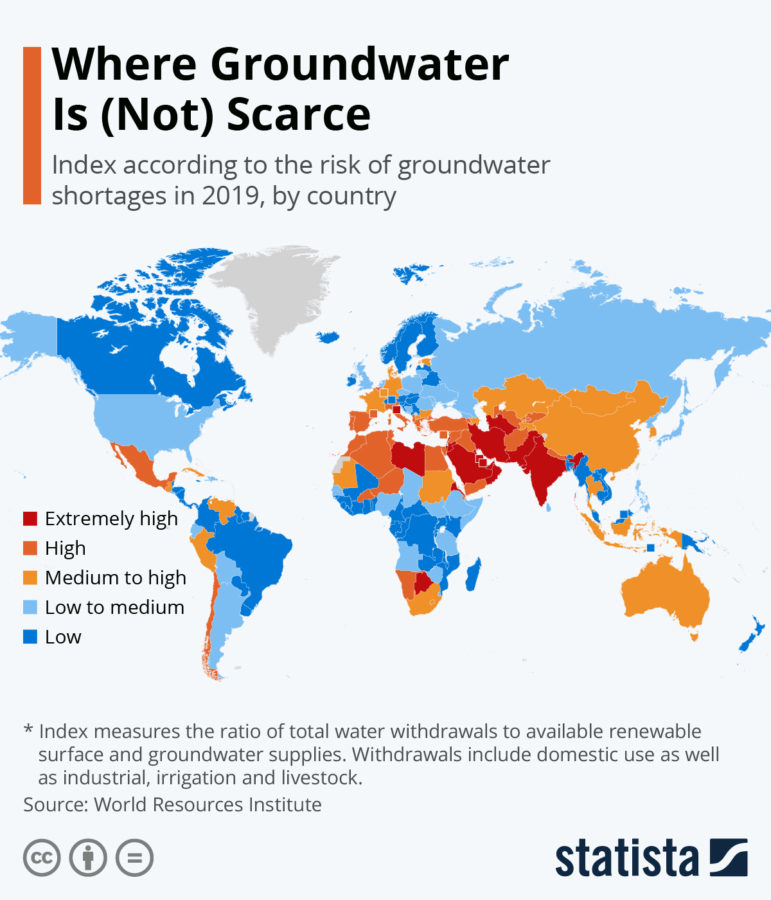
The country is also on the verge of becoming the most water-stressed country in the region by 2040, according to reports by the United Nations Development Fund (UNDP). India is also facing an acute shortage of drinking water as rivers are drying up due to heat waves and depleting groundwater. Water shortage in the country has been exacerbated by early summer heat waves and a rainfall deficit.
Insufficient water supply has impacted the urban cities of the country. Water distribution has been a bone of contention between the two countries since the partition in 1947. Still, the citizens of both nations are suffering from water shortages. In addition, both countries are facing a calamity linked to an unforgiving water crisis due to the impact of climate change – a deadly cholera outbreak – a water-borne disease. Water shortages forced residents to turn to cholera-contaminated ponds for drinking water.
Forest Fires
The forests of Pakistan have experienced a severe impact of heat waves in the ongoing year. The Forestry, Environment and Wildlife Department of Pakistan has declared the changing climate as a significant contributor to unprecedented fire incidents. One of the worst affected areas was Balochistan, where deadly fires have destroyed nearly 40 percent of the trees in the pine forests of Koh-e-Sulaiman Range.
Moreover, massive wildfires have burned over 14,000 acres of forest cover during the last three weeks. While in India, forest fires continue to scorch several hectares of green cover in Uttarakhand and Himachal Pradesh. A massive forest fire near Jangi village of Kinnaur district has left the villagers worried about their safety, while the wildfire in a 2-3 sq-km forest area has created a risk of extinction of chilgoza pine.
Reasons for the Catastrophe in the Region
There are manifold reasons for the changing climate, from fossil fuel usage to rising plastic waste worldwide. However, there are some homegrown reasons in the region that needs to be addressed for the solution.
First and foremost is the excessive use of fossil fuels in the region. Pakistan and India’s energy is mainly dependent on fossil fuel mix, 64 percent of Pakistan and 80 percent of India’s energy consumption is from fossil fuels that are extremely dangerous for the environment.
The second is what I call “waste colonization.” Pakistan has been termed as the top waste import destination as it annually imports 80,000 tonnages of bundled waste from around the world, which has been causing environmental and health problems as well as contaminating the surface water and groundwater. United Kingdom, Iran, United Arab Emirates, Saudi Arabia, United States of America, Belgium, Germany, Spain, Canada, and Italy were the top 10 countries exporting waste to Pakistan.
Third, crop residue burning (CRB) is a widespread practice in many regions in South Asia. This practice has impacted the air of India and Pakistan badly, resulting in a thick blanket of smog during winter. In the previous year, India’s capital, Delhi, remained the worst city on the 2021 Air Quality Index, followed by Lahore, the second most polluted city in the world. The polluted air had made it impossible for the citizens to breathe.
Lastly, methane accounts for 30 percent of the world’s global warming and is 80 times more powerful than carbon dioxide. Livestock emissions from manure and gastro-enteric releases of cows account for the production and release of methane in the atmosphere. Pakistan, the world’s largest milk producer, has comparatively much higher than average human-caused methane emissions globally. At the same time, India is the world’s third-largest emitter of greenhouse gases such as methane, produced by ruminant animals and has a significantly higher global-warming potential than carbon dioxide.
What Can Be Done?
Pakistan and India have set their targets to counter global warming. While India vowed to be carbon neutral by 2070, Pakistan has pledged 50 percent carbon neutrality by 2030. Despite these promises, the target still seems a farfetched dream as their energy sector is widely dependent upon fossil fuels. To meet the target, both countries need to shift their energy consumption to renewable energy resources.
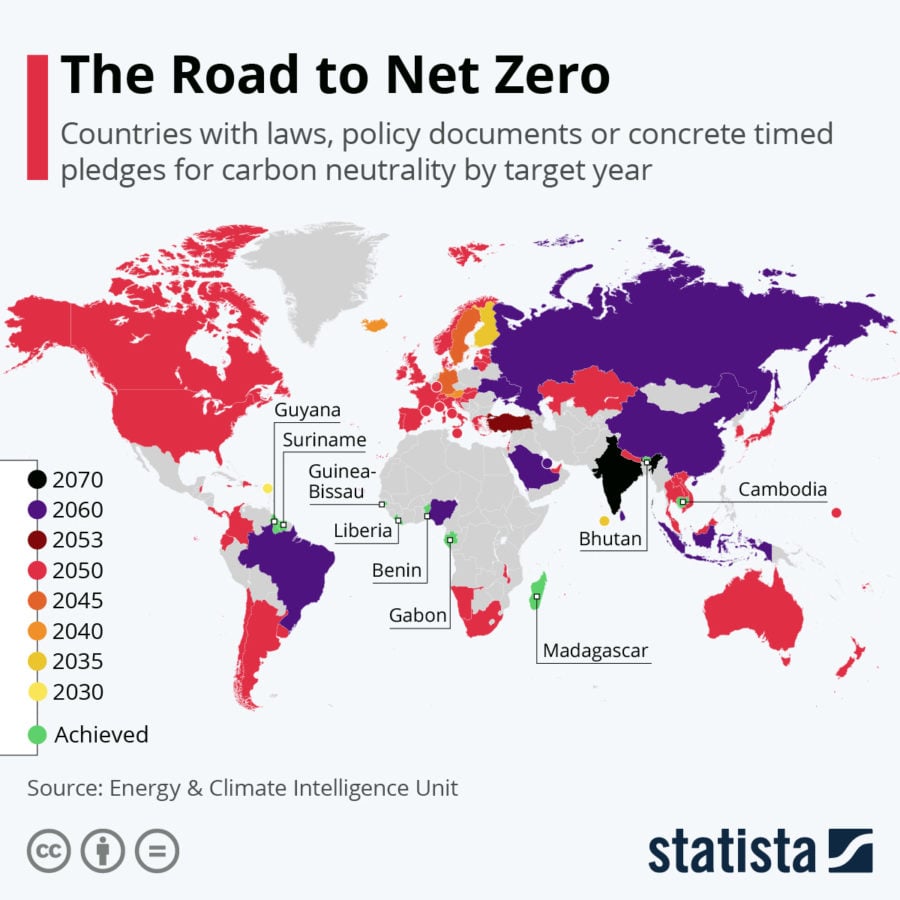
The two nations are locked up in an adversarial relationship when it comes to the Indus River distribution, as both parties end up defending their position rather than their interest. Water is essential for India and Pakistan as their economy and public health depend on it. Both countries can interpret and operationalize the Indus Water Treaty for equitable benefit sharing.
Akhurian Reservoir/Dam can be taken as an example that Turkey and Armenia jointly constructed despite not having a diplomatic relationship. The venture was successful because of the common interest alienated from political conflicts. Both countries should prioritize plantation and urban planning to reduce pollution to counter heat waves. Waste management needs to be prioritized in Pakistan. The plastic road constructed near Ataturk Avenue, Islamabad, can be taken as an example that has helped recycle almost 10 tonnes of plastic waste in the country.
Conclusion
Due to the impact of climate change, the South Asian region is reaching a tipping point and needs to implement policies and priorities on adaptation. The changing climate has caused vulnerabilities to increase at a disruptive pace that can come to uncontrollable chaos if we fail to take adequate measures. Both nations must work side by side to counter the impact of climate change and the related catastrophes that have killed thousands of citizens.
If you want to submit your articles and/or research papers, please check the Submissions page.
The views and opinions expressed in this article/paper are the author’s own and do not necessarily reflect the editorial position of Paradigm Shift.
